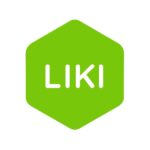Solutions
Software and digital solutions for electricity industry
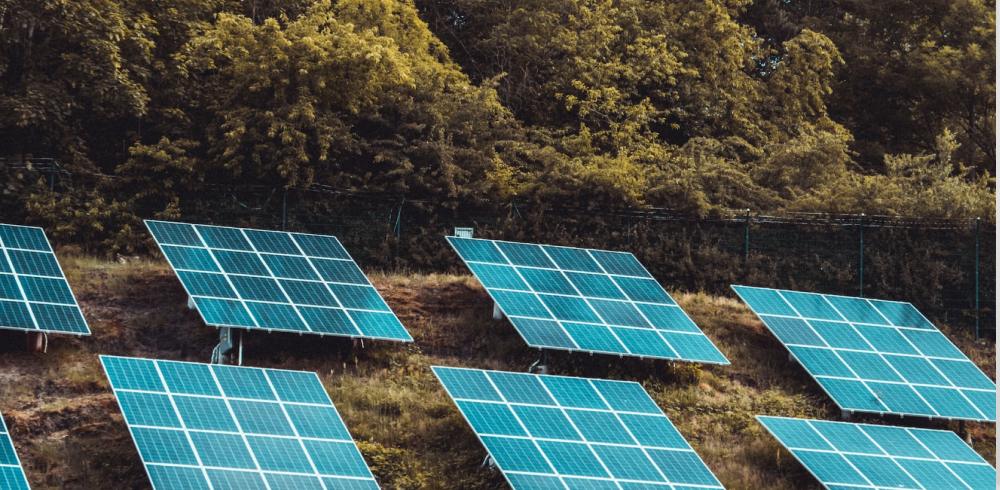
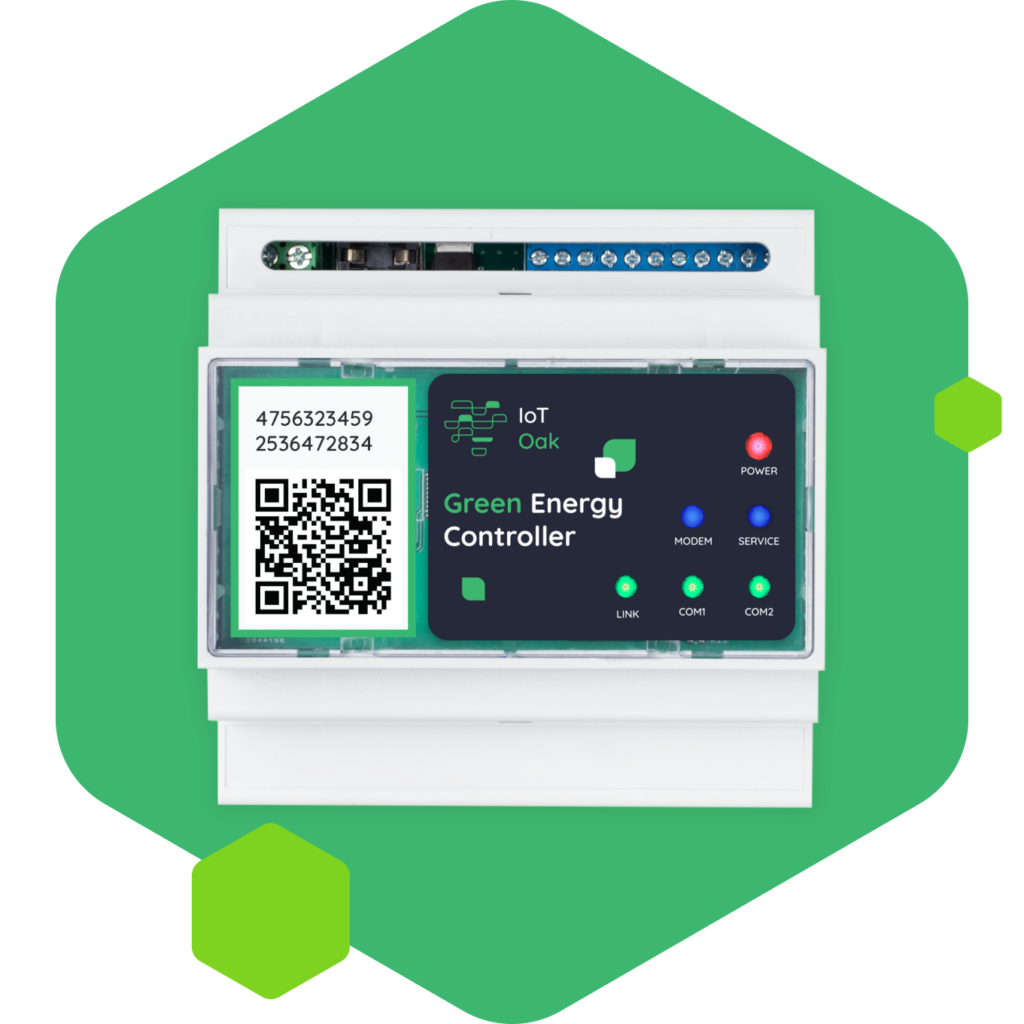
Are you working on software and hardware solutions for the electricity industry?
Our embedded software engineers can help you to improve your system or build it from scratch.
Electricity industry digitalization
The electric power industry is a critical part of modern society, as energy is needed for almost every aspect of daily life, from powering homes and businesses to transportation and manufacturing. The industry is constantly evolving, with new technologies and regulations impacting the way energy is produced and used. Energy companies, government agencies, and other stakeholders work together to ensure that the power industry is safe, reliable, and sustainable.
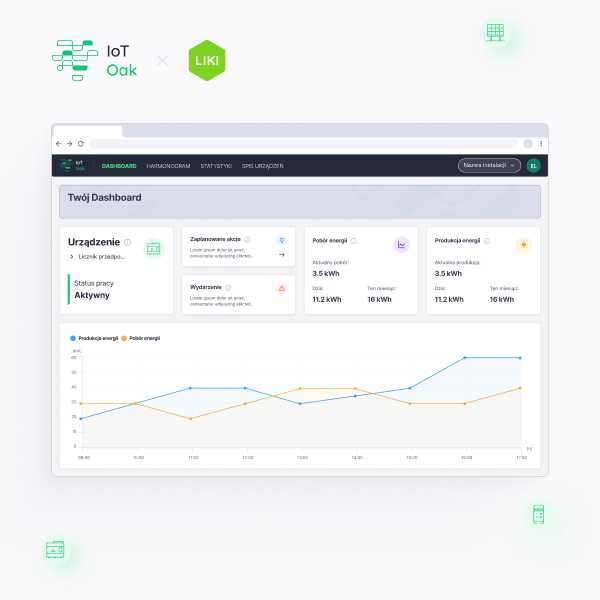
When the power industry meets technology
Digital products and services for the industry are among our core specializations. In our team, we combine knowledge and experience in four areas:
- power industry;
- customer service;
- digital technologies;
- telecommunications.
We are experts in ensuring high efficiency of investments in the development of digital products and services: software, control and measurement systems and IoT platforms for the electric power industry.
“Digitization can help improve the efficiency, reliability, and sustainability of the electricity industry for all market players: producers, distributors, operators, consumers and prosumers.”
Where do software and digital tools bring the strongest benefit to the electricity business?
- Power generation: digitization can help optimize power generation by improving the efficiency of power plants, reducing downtime, and maximizing output. This can be achieved through the use of:
- digital control systems
- advanced analytics including artificial intelligence integrated with SCADA systems and IoT sensors;
- predictive maintenance technologies.
- Transmission and distribution: digital technologies can be used to monitor and control transmission and distribution networks, improving reliability and reducing outages. This includes the use of smart grids, real-time monitoring systems, and predictive analytics.
- Customer service: digitization can improve customer service by enabling utilities to provide real-time information and support to customers. This includes the use of mobile apps, chatbots, and other digital tools to help customers manage their accounts and troubleshoot issues.
Software such as customer care:
- brings the opportunity for consumers to reduce costs of energy consumption;
- for energy suppliers, it offers the opportunity to reduce after-sales service costs, motivate consumers to minimize consumption at peak times and reduce the churn rate.
- Energy management: digital technologies can help consumers and businesses better manage their energy usage, reducing costs and improving efficiency. This includes the use of smart meters, energy management software, and home automation systems.
- Renewable energy integration: digitization can help integrate renewable energy sources like solar and wind power into the grid, improving efficiency and reducing costs. This includes the use of:
- energy storage and other systems for increased auto consumption;
- digital forecasting tools;
- smart grids with all benefits including the provision of distributed energy reserves, Frequency Containment Reserves (FCR) and Frequency Restoration Reserves (FRR).
Energy management, let’s take a glance
Electricity, its availability and its price are the hot topics today that are mentioned in all cases. Everyone today is following the news:
- about the renewable energy regulations;
- about investment in a nuclear power plant;
- about the price and sources of fossil fuels.
Every area of the electric power industry, regardless of the current or future electricity mix being built, is supported by advanced digital systems. Considering the above, we should take a look at an electricity management system (EMS), which is a software-based system that helps to manage and control the generation, transmission, distribution, and consumption of electricity. The system uses sensors, meters, and other devices to collect data on energy usage, and then uses advanced algorithms to analyze the data and provide insights into how energy can be used more efficiently.
The EMS typically consists of three main components: a supervisory control and data acquisition (SCADA) system, an energy management system (EMS), and a distribution management system (DMS). The SCADA system is responsible for collecting real-time data from the various devices and sensors throughout the power grid, while the EMS is responsible for optimizing the generation and distribution of energy based on that data. The DMS is responsible for managing the distribution network and ensuring that power is delivered to customers reliably and efficiently.
The goal of an EMS is to help energy companies and utilities to reduce energy waste and improve energy efficiency, while also maintaining the stability and reliability of the grid. The system can help to identify areas of the grid that are experiencing high demand or congestion, and then allocate resources more efficiently to meet that demand. It can also help to identify potential problems or outages before they occur, allowing utilities to take proactive measures to prevent them. Overall, an EMS can help to reduce costs, improve service reliability, and enhance the overall sustainability of the energy system.
Furthermore, let’s focus on Energy Security, the availability of electricity, depends both on the ability to generate energy and on how we use this generated energy. The electricity demand and, consequently, its availability will change dynamically during the day. In Poland, we can buy less expensive energy at selected times of the day. In Scandinavia, distributors offer electricity at a price that changes every hour (day-ahead prices). The price changes during the day motivate consumers to use energy at times when it is cheaper for them. By choosing a tariff with a changing price, you can manually switch your devices (boilers, washing machines, heating systems, air conditioning) on and off. However, it is much more convenient and efficient to automate the control process using controllers and building management systems such as our Green Energy Controller.
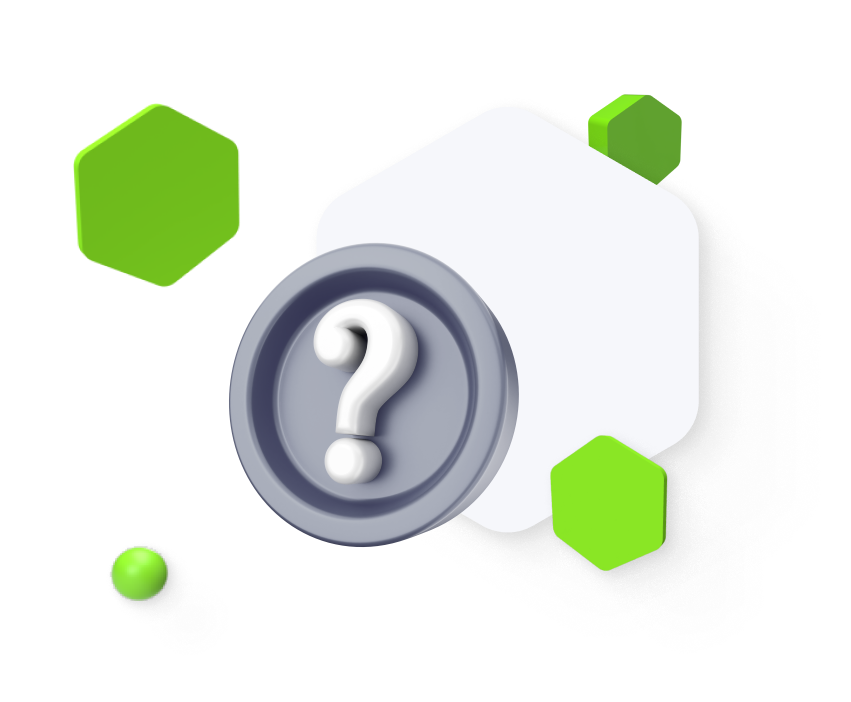
Are you thinking about using the Green Energy Controller in your business?
Let’s catch up for a short call.
Challenges of the management systems
Knowledge of electricity availability and demand is needed today more than ever by the energy industry. The challenges of the management systems for the industry are:
- a large and difficult-to-predict demand for electricity;
- difficult to predict and dynamically changing amounts of energy produced from renewable sources;
- cybersecurity – unauthorized access, possible system damage or data breach would be a very serious security threat to the country and society;
- real-time remote system diagnostics – downloading data from energy meters and many other diagnostic devices at high reading frequencies;
- communication with a large number of devices installed densely in one area requires an efficient and high-capacity communication system;
- maintenance-free infrastructure that will not require frequent interventions by field personnel.
An energy system which is using data updated in real-time can respond quickly to needs and stabilize the energy grid. An additional benefit of real-time data monitoring is the ability to develop algorithms that can anticipate and adapt the system to changes that are yet to occur.
These high demands for real-time data in connectivity systems are perfectly met by the fifth-generation GSM network:
- low latency of transmitted data enables real-time diagnostics;
- greater network capacity than previous generations makes it possible to serve many more devices in a single area and read data at high frequency;
- even better IT security is provided on many levels: better authentication using 5G-AKA, better encryption using the PKI public key and the possibility of separating secure network segments, e.g. dedicated to critical infrastructure.
Using the 5G networks, we can manage energy systems securely and efficiently. New energy management systems using the 5G network technology will be able to anticipate and adapt to changing external conditions and customer needs. They will use AI algorithms powered by real-time data from both inside the power grid and external systems: environmental sensors, weather forecasts, early warning services and emergency management centres.
Green Energy Controller - our solution
IoToak and Liki Mobile Solutions built the Green Energy Controller so everyone can increase the efficiency of the electricity they use. Smart Energy is entering European homes slowly.
Green Energy Controller collects data on electricity consumption and production from photovoltaic panels. Good data visualization and a simple interface to define control algorithms allow us to better use low-cost energy. In a case where the panels produce more than the building consumes, the controller can switch on the charging of the energy storage or the boiler to heat water. The stored energy and hot water can be used in the evening when they are needed more. This way you will not be required to sell the power to the power grid at an unattractive price during the day and then buy it at the moment when the power is most expensive. The controller can also make it possible to control consumers like boilers according to daily tariffs. The controller can switch on the boiler at two o’clock in the morning to cheaply heat the water that will be needed in the morning.
Industrial systems are complex, so principles of energy consumption and production are easier to understand and use if they are well visualized. When designing, the analyst and UI/UX designer work on a good understanding of how the system works and do much of the analytical work for the user – all so that the target user can consciously decide for themselves how the infrastructure they control should work.
How to increase the economic efficiency of photovoltaic farm investments?
A prosumer (an owner of a solar plant) should take control of the balance of energy produced and consumed. Storing and consuming energy of produced energy is more cost-effective than selling the produced energy to the operator for subsequent purchase. Receivers and energy stores should be turned on at the moment when the energy production will exceed users’ consumption.
Green Energy Controller, which allows turning on the energy receivers exactly at the moment when the price for the energy will be more advantageous for the user. For example, water in electric boilers could be heated in the daytime when the photovoltaic farm produces more energy than users consume or at night when it is the cheapest.
Green Energy Controller has multiple usage scenarios, especially in cases, when:
- it is important to analyze the consumed or produced energy in real time;
- it is possible to reduce the cost of energy consumption by automatically controlling receivers and circuits;
- it is possible to optimize the usage of the produced energy in photovoltaic installations;
- it is possible to create grid-distributed electricity reserves and even Frequency Containment Reserves – FCR;
- it is important to minimize the risk of additional costs connected with exceeding the limits defined in contracts:
- total energy consumption limit;
- the maximum instantaneous power consumption;
- generation of reactive power limits.
Submetering allows the monitoring of energy consumption costs for charging purposes. The Controller allows you to connect:
- 128 Modbus RTU energy meters;
- 512 counters with pulse outputs (adapters required);
- 500 counters supporting the mBus standard;
- meter bus (adapters required).
- on-demand power supply with online and prepaid charges.

Jan
CEO

Jarek
Head of Embedded

Kacper
IoT Developer

Piotr
Business Representative
